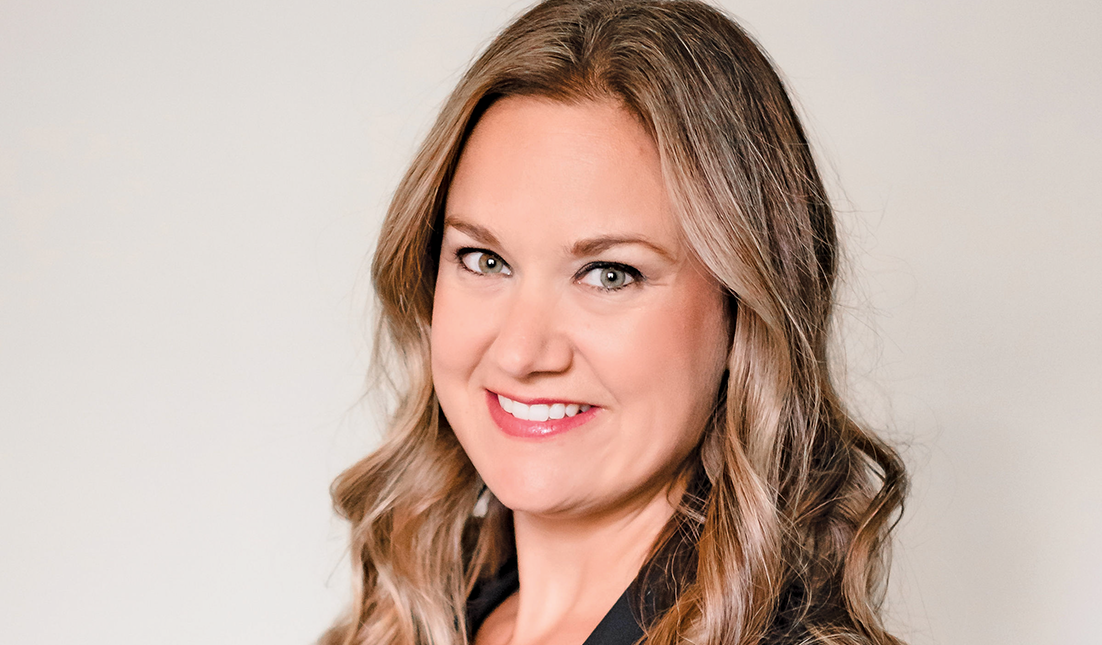Marina risk management strategies
 Sean H. Griffin, account executive/marine specialist, Commercial Insurance Division, Cook, Hall & Hyde, Inc. — According to Association of Marina Industries (AMI) data, there are approximately 14,500 marinas in the United States, a large percentage of which have inadequate risk management procedures in place. Further, the current distressed economy has added new exposures to marinas in addition to the traditional risks.
Sean H. Griffin, account executive/marine specialist, Commercial Insurance Division, Cook, Hall & Hyde, Inc. — According to Association of Marina Industries (AMI) data, there are approximately 14,500 marinas in the United States, a large percentage of which have inadequate risk management procedures in place. Further, the current distressed economy has added new exposures to marinas in addition to the traditional risks.
An August 2008 survey by the U.S. Conference of Mayors found that in 42 percent of cities canvassed, increased crime is a direct result of declining economic conditions. The potential exists for boat owners facing economic difficulties (e.g., behind in their marina storage, maintenance and repair bills) to commit a crime (i.e., sabotage or arson) in order to avoid payment and capture insurance dollars. Today, more than ever, marina owners/operators need a sound risk management program to prevent unnecessary exposures and liabilities. Following are the top risk management strategies to employ:
1. Prevent the threat of fires from the heavy presence of combustible materials (i.e., fiberglass, wood, rubber and petroleum-based products), and the common practice of rack, dry stack or nestled storage of boats. Adhere to the National Fire Protection Association (NFPA) requirement that fire detectors be installed in interior/covered locations where boats are stored and repaired unless a fixed sprinkler system exists. Additionally, keep the boats of customers who are delinquent on their payments separate from other boats and use state-of-the-art surveillance and security systems to protect all facilities and inventory.
2. Manage risks posed by natural disasters by using qualified marine engineers and contractors who are experienced in the construction and renovation of marina facilities and docks. These individuals should be familiar with the Uniform Building Code and Building Officials and Code Administrators standards. Make sure all subcontractors working on the property are adequately insured, present a “Certificate of Insurance” indicating that the marina owner has been added to the subcontractor’s General Liability as an additional insured, and maintain Workers Compensation coverage on their staff working at the marina.
3. Control pollution and environmental risks and liabilities by complying with all relevant U.S. environmental laws (e.g., The Clean Water and Clean Air Act regulating industrial waste disposal, The Resource Conservation and Recovery Act covering the handling and disposal of solid waste and hazardous waste, etc.) and educating all marina personnel on subjects including liquid material management, petroleum control, storm water runoff control and shoreline stabilization. Stay abreast of various initiatives developed by the U.S. Environmental Protection Agency, such as the “Clean Marinas – Clear Value” project. Developed in conjunction with the U.S. Office of Water, it presents marinas with opportunities to realize cost savings for instituting recycling programs, using dustless sanders and debris-trapping tarps, etc.
4. Establish an ongoing maintenance schedule for the marina. Check, secure and replace dock planks as needed. Re-secure and fasten cleats regularly. Tighten screws and nails. Make sure safety signs are in good condition and visible. Check electrical connections and cords for wear, repairing and replacing when conditions warrant. Check power terminals for proper grounding and polarity after the winter. Check water pressure for the right levels. Inspect, lubricate and maintain all heavy equipment and machinery (e.g., cranes, fork and travel lifts, Hi-Los, etc.) according to the manufacturers’ specifications.
5. Maintain proper and adequate insurance. Rely on an insurance professional experienced in marinas to assess the marina’s operations, risks and coverage requirements. Factors which will be considered include: marina size and location, physical structure (i.e., floating docks, number of buildings and whether any are on pilings), type and age of machinery and equipment used, inventory of boats and watercraft, and scope of operations (i.e., repair and maintenance, fuel and waste station, boat dealership, store, restaurant, pool, etc.). Based on this assessment and the recommendations of a marina insurance specialist, secure the following insurance: Comprehensive General Liability for “slip and fall” and product liability coverage; Marina Owners Legal Liability for exposures not covered under the Comprehensive General Liability policy such as damage to customers’ boats in your care stemming from dry docking activities, slip rentals, fueling, boat launches, etc.; Pollution Liability for hazardous material spills, leaks and other pollution risks; and Protection & Indemnity to cover accidents involving the marina’s workboats, rental boats, transporting boats, staff test driving boats and in-water exposures and accidents.
By implementing these basic risk management strategies along with an effective training program on the various exposures facing marinas, owners/operators can minimize accidents and contain the related losses and costs.
Commercial Insurance Division, Cook, Hall & Hyde, Inc. (www.chhins.com, East Hampton, NY; Melville, NY; and Fair Lawn, NJ), is a regional provider of commercial and personal insurance, employee benefits and risk management services. Griffin brings expertise in the marine industry, coupled with over six years of direct experience in insurance consulting and sales, to his position. He can be reached at sgriffin@chhins.com.



